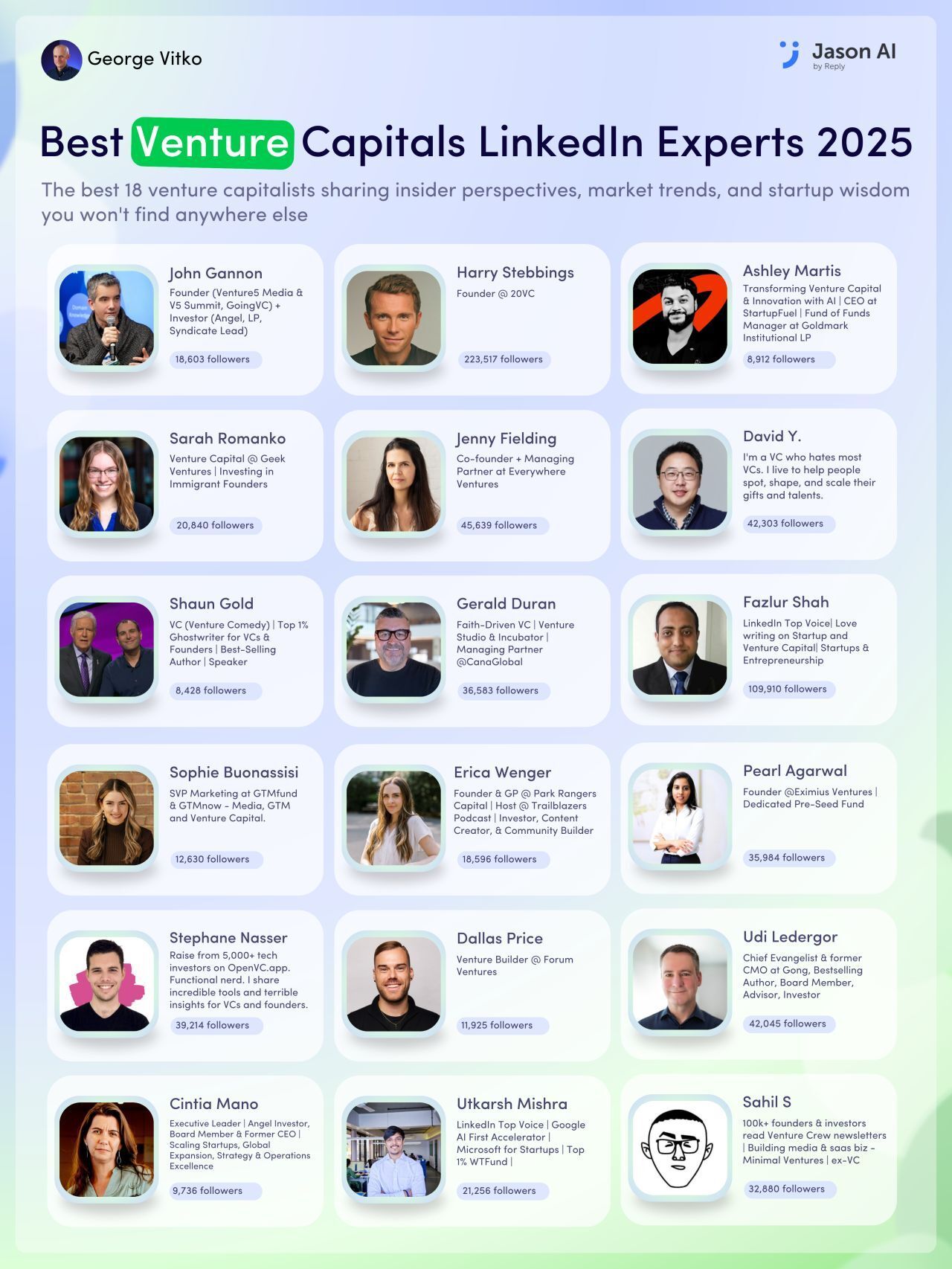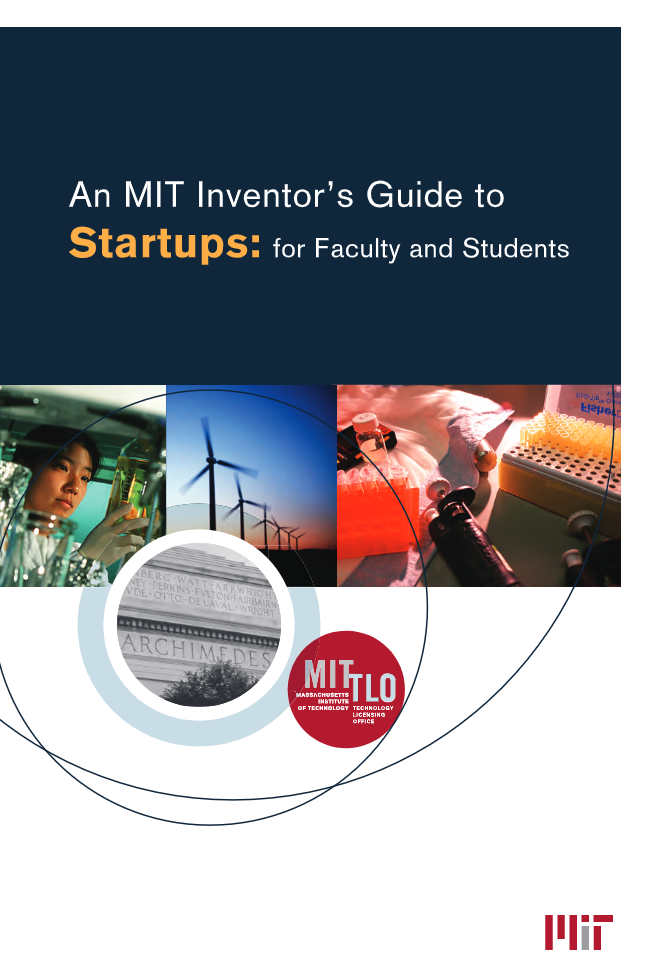- Foundevo Newsletter
- Posts
- 🧠What Every Founder Can Learn from MIT’s Startup Formula
🧠What Every Founder Can Learn from MIT’s Startup Formula
🏗️ YC Is Building the Future of AI
In This Edition:
⚙️ Turn AI Into Your Income Engine
🎓 MIT Startup Guide
💸 How Investors Really Value Your Startup
🧠 Most Valuable VC Voices
🚀 GitHub’s Growth Story Is Unreal
🗺️ Startup “Heresy Map”
⚡ MIT’s Startup Guide Just Dropped
🚀 The MIT Startup Blueprint: How Ideas Become World-Changing Companies
Ever wondered how startups like Akamai, E Ink, or Alnylam went from lab discoveries to billion-dollar breakthroughs?
MIT’s entrepreneurial ecosystem has quietly become a launchpad for innovation, nurturing 20+ new startups every year — all born from the minds of researchers, students, and faculty turning inventions into impact.
From the Technology Licensing Office (TLO) that safeguards intellectual property to the Deshpande Center that fuels prototypes with seed funding, MIT has built a complete startup playbook — a living guide that walks founders from “idea on paper” to “investor-ready venture.”
💡 Inside the guide, you’ll learn:
How to navigate startup licensing, patents, and NDAs
Where to find funding pathways (from angel investors to competitions like the $100K Challenge)
The essentials of conflict-of-interest policies every faculty founder should know
Plus, how MIT’s Venture Mentoring Service and Entrepreneurship Center connect you with the right people to make your vision real
It’s not just a handbook — it’s a startup survival map designed by one of the world’s most successful innovation engines.
✨ Whether you’re an early-stage founder, a researcher eyeing commercialization, or an ecosystem builder — this is a must-read.
📘 Download the full MIT Startup Guide and discover how the world’s top innovators turn research into reality:
|
👉 Your next big idea might already be waiting for its MIT-style launch.
🧠 How Investors Really Value Your Startup
💰 How Much Is Your Startup Really Worth?
Every founder hits this question sooner or later — “What’s my startup actually valued at?”
EY’s latest guide breaks it down into six simple steps using the Discounted Cash Flow (DCF) method — a tool that values your startup not by what it’s worth today, but by what it could achieve tomorrow.
Here’s the big idea 👇
✅ DCF focuses on future performance, not just current assets.
✅ It helps early-stage founders translate potential growth into numbers.
✅ You’ll learn how to calculate free cash flow, discount factors, and even terminal value — without needing a finance degree.
✅ Plus, EY explains how to build realistic scenarios (best, base, and worst case) so you can walk into investor meetings prepared and confident.
But here’s the twist —
Your startup’s valuation isn’t a single magic number. It’s a story of your assumptions, risks, and future ambition.
The DCF method doesn’t just give you figures — it helps you understand your startup’s true financial narrative.
📘 Curious to know how investors see your company’s worth?
👉 Download the full eBook — “Startup Valuation: Applying the DCF Method in Six Steps” — and master the framework top founders use before every pitch.
|
🎯 Don’t Miss 2025’s Most Valuable VC Voices
💸 The VCs Who Don’t Just Invest — They Teach You How to Win
2025 is the year of transparent investing.
The smartest VCs aren’t hiding behind closed doors anymore — they’re on LinkedIn, sharing what most founders used to pay to learn:
👉 how deals get done,
👉 what investors actually look for,
👉 and how “smart money” is thinking in real time.

If you’re building, fundraising, or just decoding the startup capital game, these voices are your daily masterclass.
They don’t gatekeep. They share real numbers, tough lessons, and insider playbooks — for free.
From Harry Stebbings and Jenny Fielding to John Gannon and Pearl Agarwal, these are the investors shaping what startup funding really looks like in 2025.
Whether you’re pitching or learning — this is your shortcut to venture wisdom.
👇 Meet the VCs redefining transparency and influence in 2025
🚀 GitHub’s Growth Story Is Unreal — Here’s Why
🏗️ How AI Is Quietly Rebuilding the Coding World
This year’s Octoverse 2025 report reveals some seismic shifts in software development: over 36 million new developers joined GitHub — that’s roughly one new dev every second.
What’s driving this growth? AI and typed languages. For the first time, TypeScript overtook both Python and JavaScript in popularity — signaling a major shift in how code is being written and maintained.
And the global map of developers is changing too — emerging regions are powering growth at unmatched speed.
If you’re building, hiring, or navigating the world of software — this is a must-read.
🎯 WEB PICKS
💼 Anthropic’s Claude Just Went Full Wall Street Mode
Claude for Financial Services now builds DCF models, runs Excel sheets, and connects to real-time market data. Anthropic’s coming for OpenAI’s enterprise crown.
🏋️♀️ Fitbit’s New AI Coach Knows You Better Than You Do
From sleep insights to adaptive workouts, Fitbit’s premium users just got a personalized wellness trainer that actually listens — literally.
🛍️ Pinterest Just Became Your Personal AI Stylist
AI-powered board upgrades now mix personalized shopping tabs with outfit collages — turning your pins into instant looks you can buy.
🧠 This New AI Training Method Could Redefine Efficiency
Thinking Machines’ “on-policy distillation” delivers frontier-level reasoning at up to 100x less compute — the smartest AI shortcut yet.





Reply